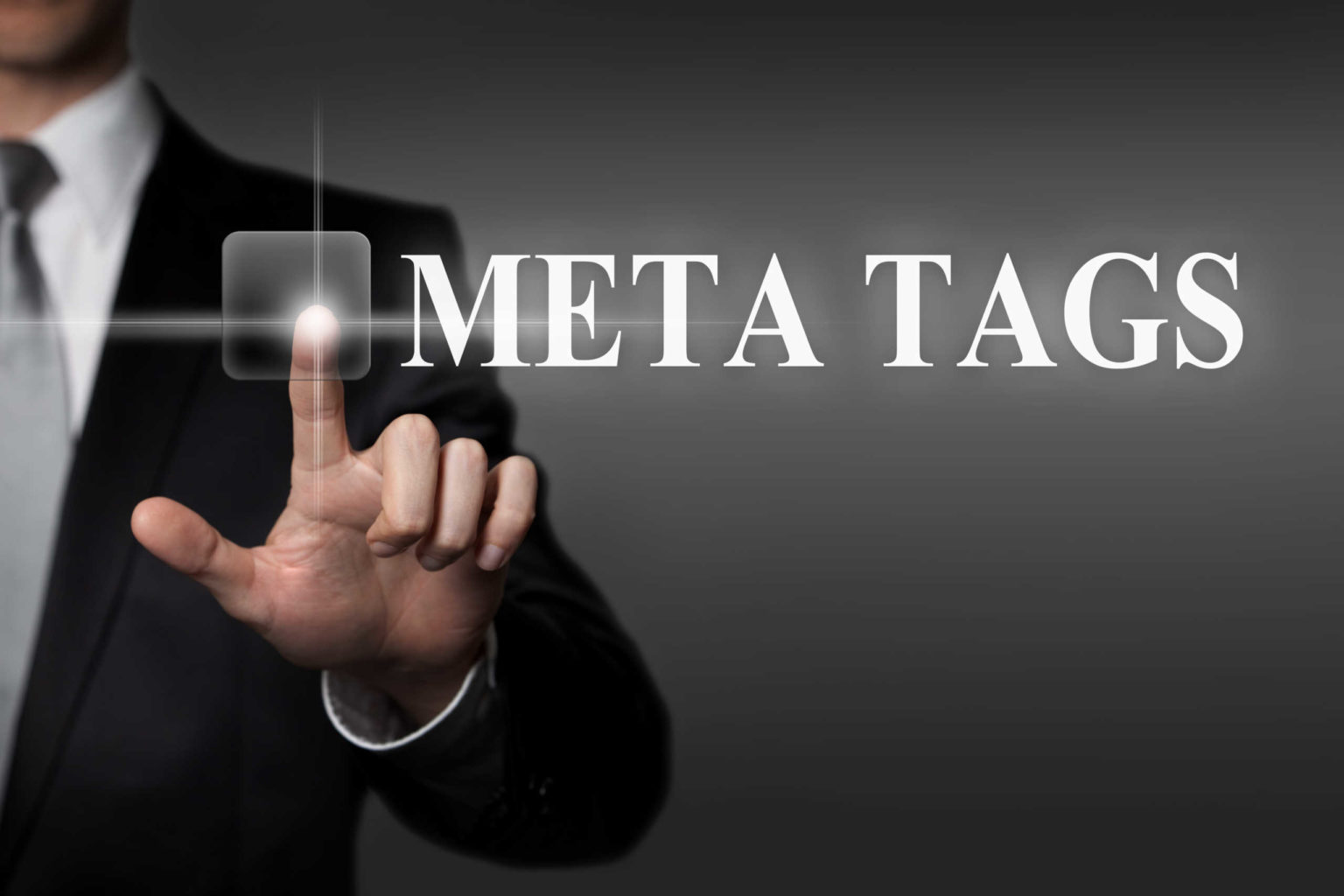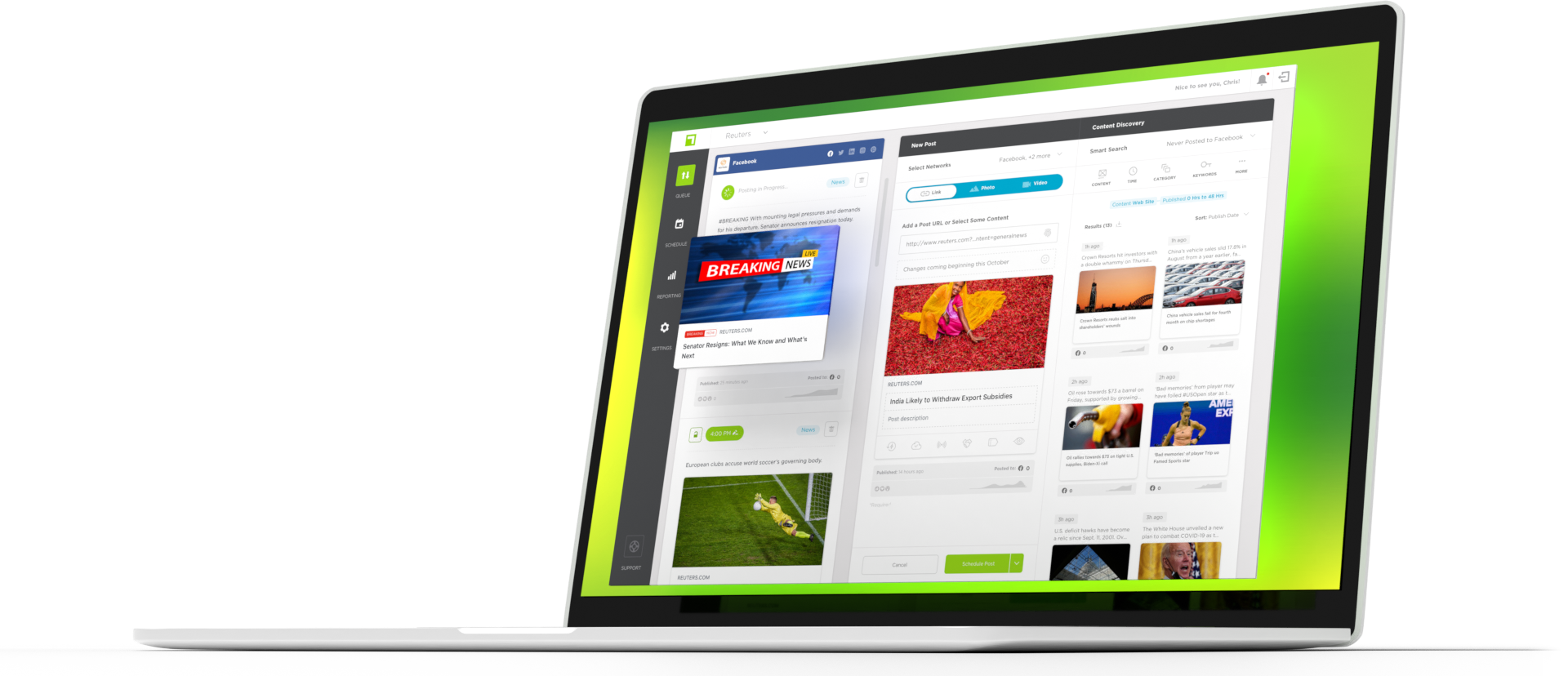Do you ever have a post all set up in your CMS, looking perfect, and then you put it on Facebook, and everything is wonky? The description cuts off, the image size is wrong, and it just doesn’t work. Well, guess what: Your metadata is entirely under your control, and how you set up your post can impact how it pulls through on social. There are tools in place to make sure that everything pulls through correctly, and making sure you’re checking all of meta tags for social media performance can help your overall performance.
Let’s start at the beginning, and we can help you get your posts set up to pull through perfectly.
What are meta tags? And what the heck is Open Graph?
Each site has its meta tags where you can specify what your content should display. Meta tags are the fields in your CMS that store data. In this case, it’s going to be things like your headline, image, and description.
Open Graph tags are specific meta tags that allow your web page links to function on social media platforms like any other object. What’s Open Graph? It’s a widely used protocol that allows any web page to become a rich object in a social graph. If you use Open Graph tags, your site should have proper functionality on Facebook, Twitter, Pinterest, LinkedIn, and more.
Here is a snippet from ogp.me:
To turn your web pages into graph objects, you need to add basic metadata to your page. We’ve based the initial version of the protocol on RDFa which means that you’ll place additional
<meta>tags in the<head>of your web page. The four required properties for every page are:
- og:title – The title of your object as it should appear within the graph, e.g., “The Rock.”
- og:type – The type of your object, e.g., “video.movie”. Depending on the type you specify, other properties may also be required.
- og:image – An image URL that should represent your object within the graph.
- og:URL – The canonical URL of your object that will be used as its permanent ID in the graph, e.g., “https://www.imdb.com/title/tt0117500/”.
How the heck do I add these tags?
Most CMS backends will automatically integrate Open Graph. Yes, that’s right. WordPress and most major CMS backends will include social metadata fields. Tags are why it is crucial to take the time to fill out all of those fields. If you have additional plugins for SEO, like Yoast or Rank Math, they’ll add even more options. You will create alternate social media headlines, copy, and descriptions if you want to.
If you do not fill these fields in, they will default to your post headline, image, and whatever else you didn’t fill in. So it’s always worth taking an extra 5 minutes to make sure the right pieces pull through and create the best possible display for your content.
What are Twitter Cards?
We’ll let Twitter take this one:
With Twitter Cards, you can attach rich photos, videos, and media experiences to Tweets, helping to drive traffic to your website. Add a few lines of markup to your webpage, and users whom Tweet links to your content will have a “Card” added to the Tweet that’s visible to their followers.
Essentially, it allows you to set up your Tweet with a video player, change the image size, and even optimize for app downloads. If you have no idea where to start with this, there’s good news: Your CMS probably already has an integration that makes it as simple as downloading a plugin.
If you don’t specify Twitter tags, it’ll default to Open Graph.
When to Use Schema Markup
For Facebook, Twitter, and LinkedIn, Open Graph tags will work just fine. But for LinkedIn and Pinterest, you might be better off using schema markup. Schema markup is a code that helps search engines interpret and recognize the meaning of rich elements on your website. It gives you a better chance for Google to display high-quality results and can often make your posts take up more real estate.
Pinterest heavily relies on eye-catching images and videos to gain and maintain audiences. And with LinkedIn catering more towards business professionals and networking, you want to make sure your posts are professional and structured to draw in potential connections. Schema markup will allow you to customize the descriptions, images, and titles to be most effective in attracting users. These codes fit right into the HTML code linked to your post (before the closing </head> tag). You can test your codes using the structured data links using Google Search Central to ensure you get the desired look.
What do you do with this information?
It’s a lot. It would help if you had a checklist. Let’s break this down step by step.
- Make sure your CMS is set up with Open Graph and Twitter Card functionality. You should be good if you use WordPress or any other large CMS platform.
- Install a plugin like Yoast or Rank Math to help you with social meta fields.
- Take the time to fill the fields out! Here are things you should be paying attention to:
- Headline
- Description
- Social copy (if you’re using True Anthem’s AI posting or another automated system that pulls from your CMS)
- Image: Depending on the platform and your audience, you may want different aspect ratios, branding, or vibes. Choose wisely!
Get to the next level and let AI posting lighten your workload. Once you’ve done all this, you can confidently let us handle your posting. Schedule your demo today!

